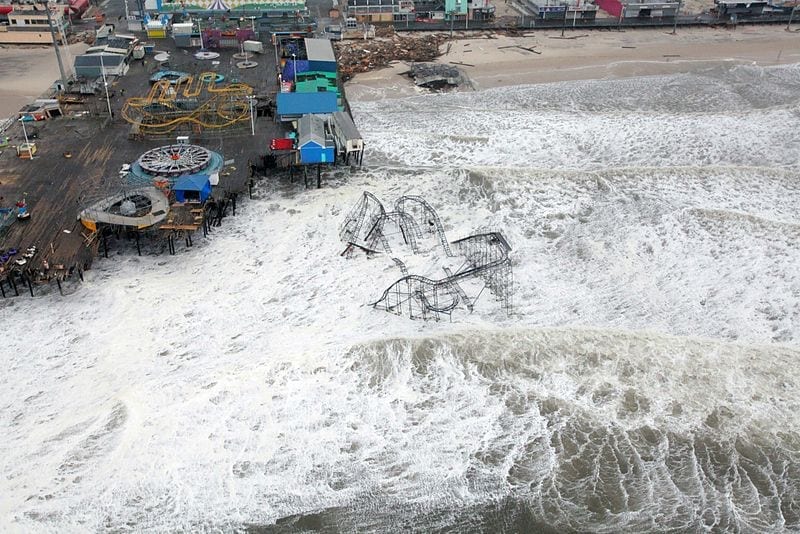 The damage, destruction, and devastation from Sandy revealed many flaws in the national program.
The damage, destruction, and devastation from Sandy revealed many flaws in the national program.
The catastrophe and chaos that has been left behind on the Jersey Shore and other areas on the east coast is now being called a direct reflection of some of the many failings of the current flood insurance program and is drawing attention to issues that may be on the rise in the near and long term future due to climate change.
The storm surge from the most recent superstorm came inland as far as half a mile.
These floodwaters destroyed everything in their paths, including the beachfront as well as roads, homes, amusement parks, boardwalks, and businesses. Although nothing could have stopped the hurricane and its winds and flooding from occurring, many people feel that a great deal of the destruction, and many of the flood insurance issues, could have been avoided.
This is raising many uncomfortable questions about the flood insurance program as rebuilding slowly begins.
To begin, beyond the question of the flood insurance issues, themselves, people have now started to question why so much building was permitted on the shifting sands and narrow barrier islands that are central to the 100 mile Jersey shoreline and along the coastline of the United States. Unfortunately, the only answer that has been provided is the view.
Millions of Americans have built and have been living in areas that were at a risk of devastation if a superstorm should ever strike, and now Sandy has shown that this risk is real. Flood insurance and building policymakers in the United States and in other countries are now seeing the example that this mistake has made, and are taking note of how it could affect other regions in a similar position.
The federal flood insurance program, which has been in place since the 1960s, is currently protecting Americans, even in known flood zones, where the private sector has refused to treads. Unfortunately, this has meant that the costs of this program have been skyrocketing over recent years and many catastrophic storms, to the point where the financial struggle seems inescapable. This has become much worse as properties that had once been summer beach houses have transformed into high value year-round homes – which has been helpful for real estate but harmful for flooding claims.
With a pre-Sandy debt of $17 billion to the federal flood insurance program, it won’t be long before the Treasury will need to help it to pay its costs. With more disasters almost certain in the future, many are now deeply concerned about the type of relief that will be available to them.
